Data suggests role for intra-articular PRP injections
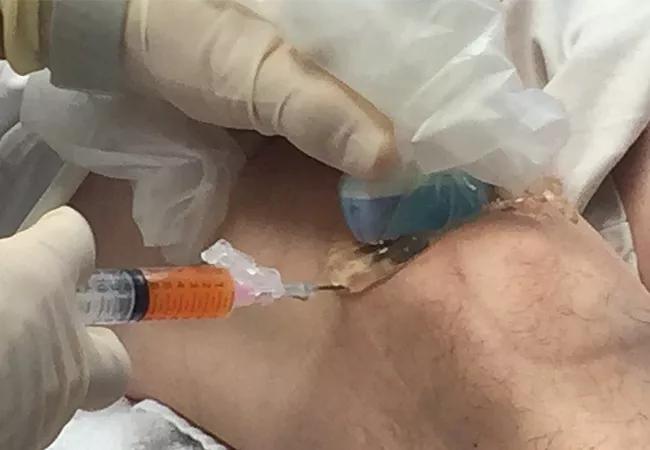
Cleveland Clinic is a non-profit academic medical center. Advertising on our site helps support our mission. We do not endorse non-Cleveland Clinic products or services. Policy
In the past, anecdotes lauding the benefits of platelet-rich plasma (PRP) in the treatment of knee osteoarthritis (OA) amassed faster than we could produce empirical data. As the desire increases to use minimally invasive, cost-effective treatments prior to surgical intervention, published data is finally gaining ground. PRP has now emerged in the literature as a way to reduce OA-associated pain and morbidity in the active aging population.
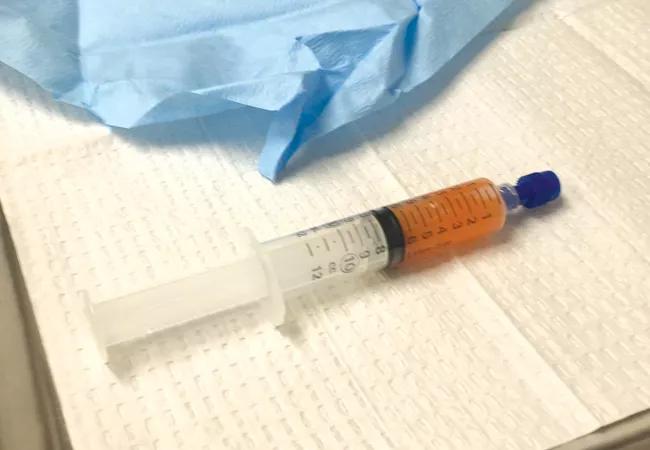
At Cleveland Clinic Florida, our patients with mild-to-moderate knee OA have shown favorable clinical outcomes with ultrasound-guided intra-articular PRP injections. In total, we perform approximately 10 to 15 PRP injections per month. We have about an 80 percent success rate with an average length of pain relief of 9-12 months.

PRP is prepared by centrifuging autologous whole blood. The initial centrifugation separates the patient’s blood into three layers based on specific gravity — plasma, platelets and white blood cells, and red blood cells. Some PRP systems include a second centrifugation to further concentrate the platelets and separate the platelet-rich plasma from platelet-poor plasma. Differences among PRP systems in container size, spin time and spin rate produce PRP with varying amounts of leukocytes, RBCs and platelet concentrations. These differences can alter the efficacy of the injectate.
In the past five years, at least 13 independent studies have looked specifically at PRP and knee OA, while several other recent studies have looked at the role of PRP in healing of musculoskeletal conditions in general. Of the studies on OA, 11 directly compared intra-articular PRP with intra-articular hyaluronic acid (HA). Nine studies showed better symptom scores and clinical outcomes 6 to 12 months post-treatment in the PRP groups. In the two that showed no significant difference between PRP and HA, one study used only leukocyte-rich PRP. The remaining two studies compared undefined PRP to saline, and leukocyte-poor PRP to saline, and both showed better outcomes in the PRP groups.
A review of the current literature suggests that patients with knee OA have a positive response to PRP treatments. Younger, more active patients with mild OA tend to have better clinical improvements with PRP when compared to older patients with more severe OA.
PRP is a minimally invasive, cost-effective procedure that has a low complication rate and a rapid recovery. Usually, patients are able to weight bear immediately postprocedure and can return to normal activities following completion of treatment.
Dr. Tejpar is a sports medicine physician at Cleveland Clinic Florida, Weston.
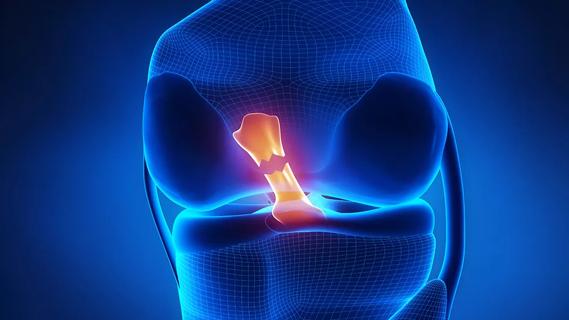
Study reports zero infections in nearly 300 patients
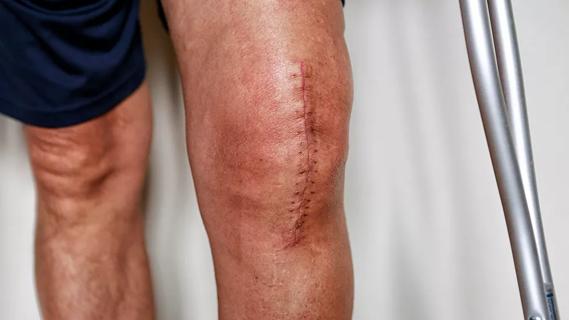
How to diagnose and treat crystalline arthropathy after knee replacement
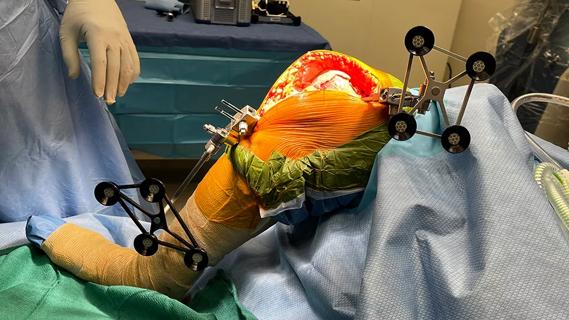
Study finds that fracture and infection are rare

Reduced narcotic use is the latest on the list of robotic surgery advantages

Cleveland Clinic orthopaedic surgeons share their best tips, most challenging cases and biggest misperceptions

How it actually compares to posterior and lateral approaches
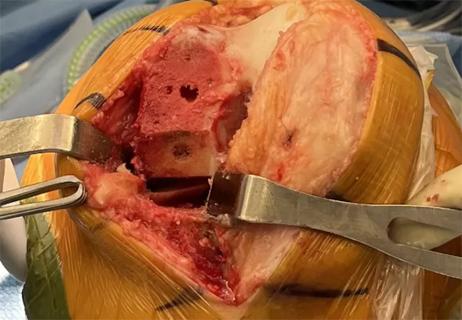
When procedure is performed by high-volume surgeons, outcomes are comparable to total knee replacement
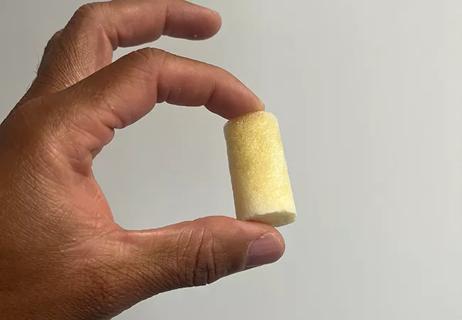
Clot substitute helps rejoin the stumps of a torn ligament